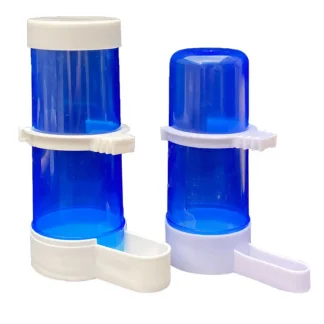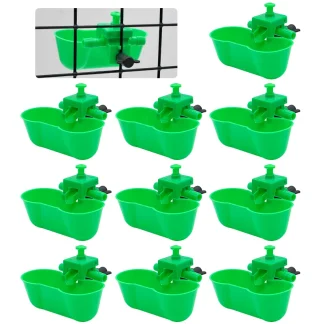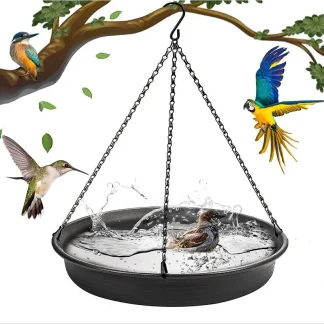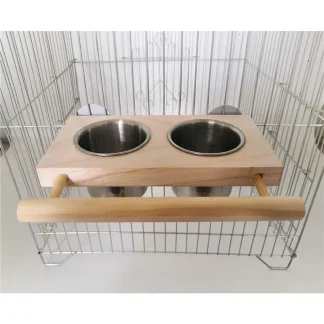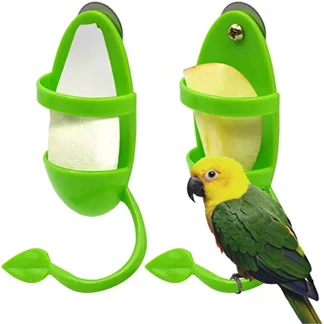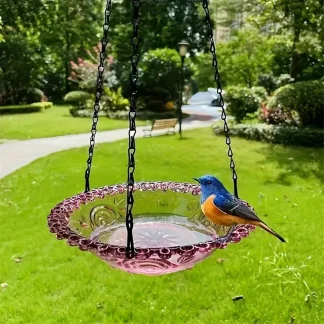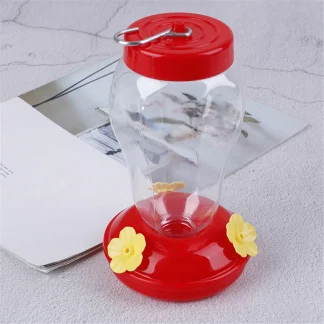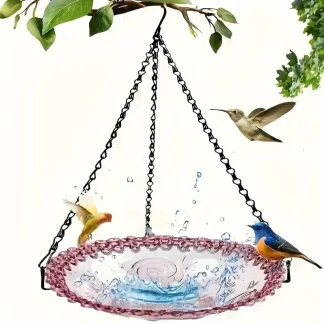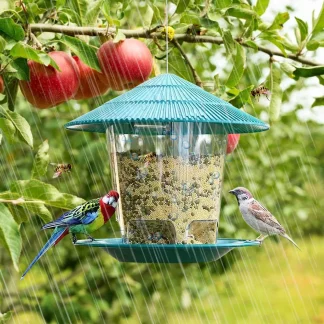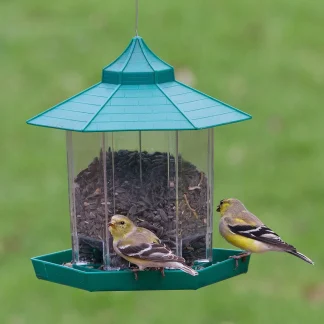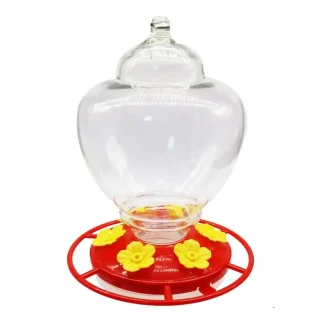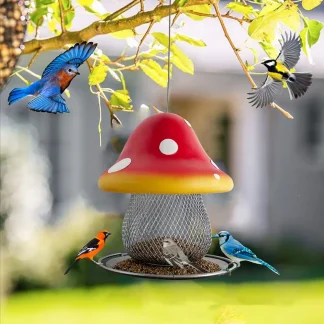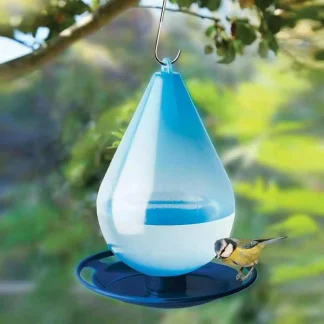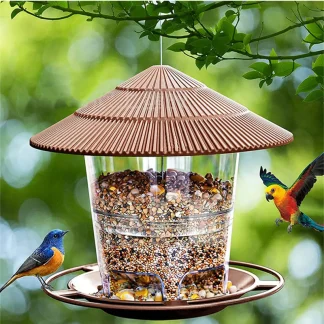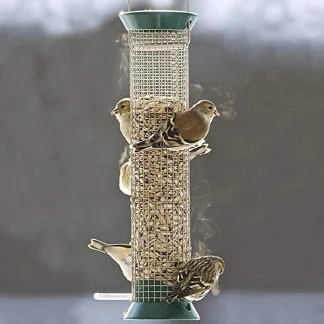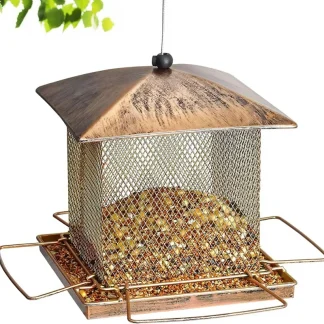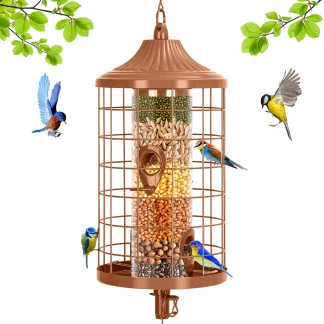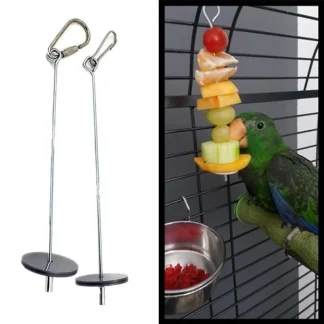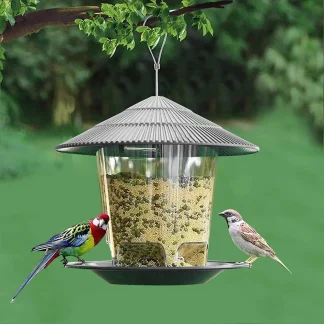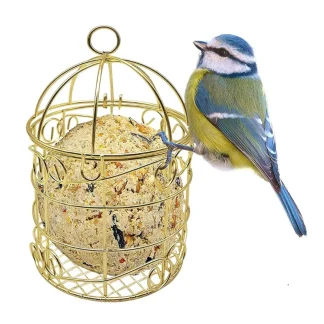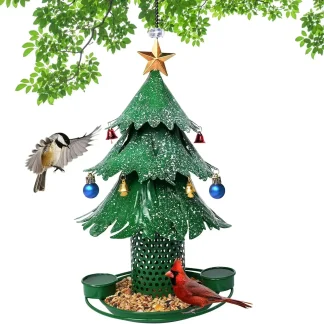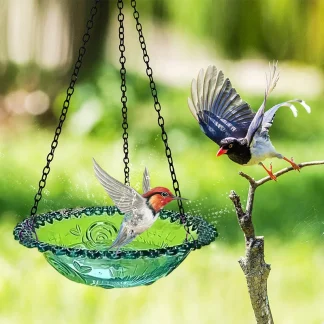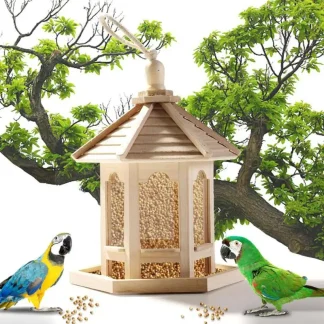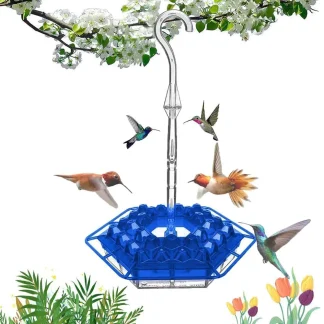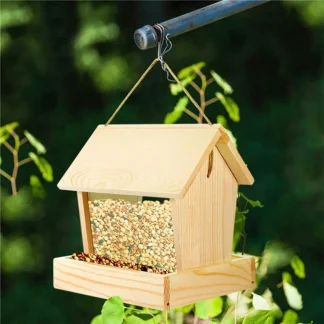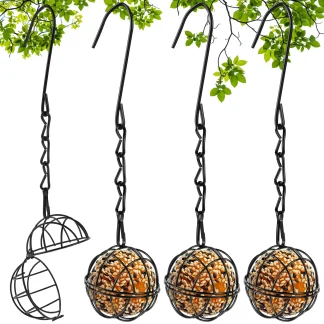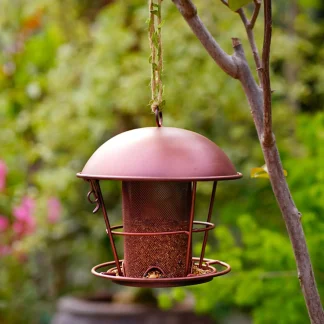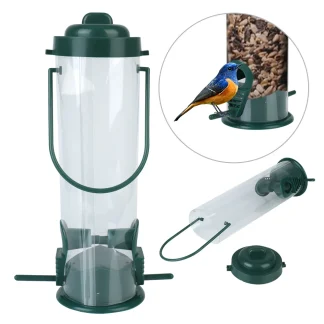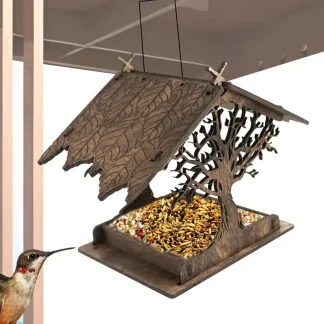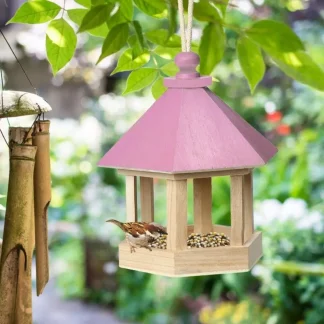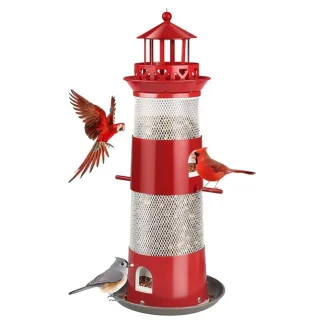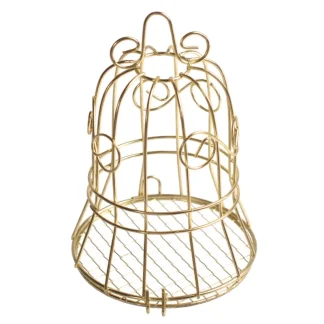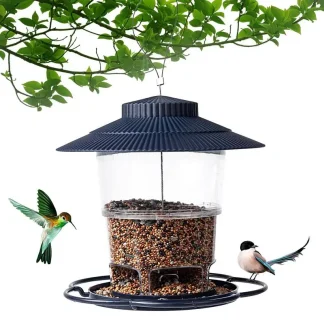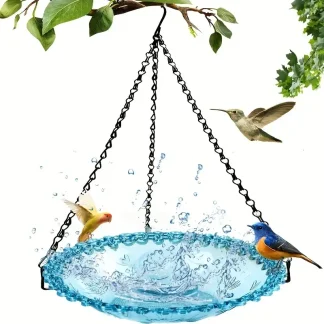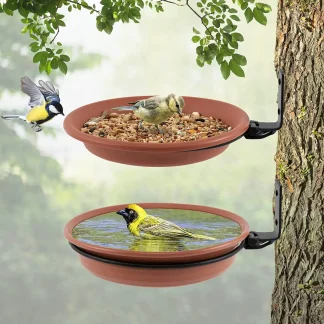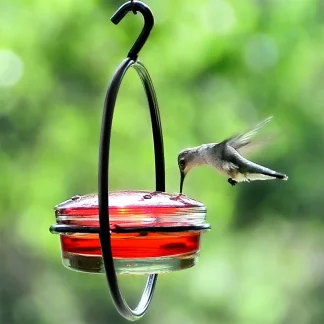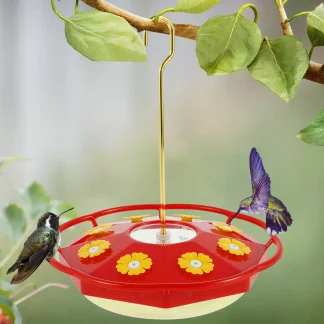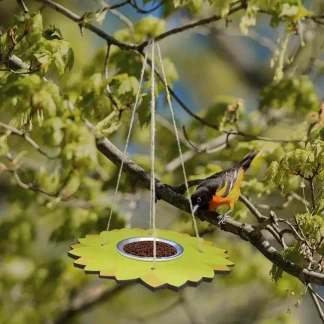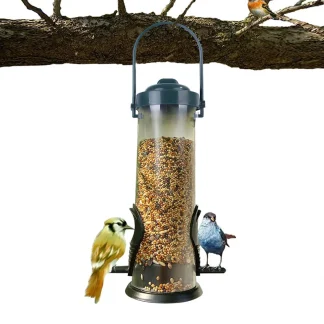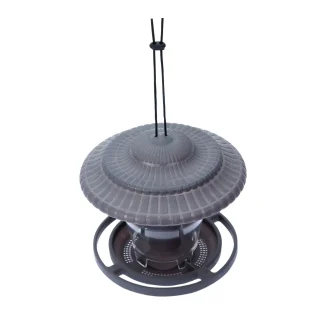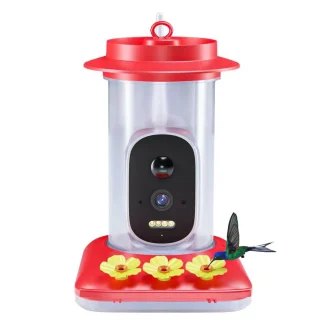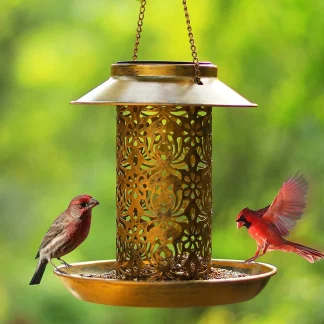Showing 1–42 of 48 results
Showing 1–42 of 48 results
Elevate Your Bird Watching: The Charm of Hanging Feeders
Experience the joy of bird-watching with hanging feeders, a versatile and aesthetically pleasing option for attracting a variety of bird species to your garden. These items offer a unique way to present birdseed and nectar, enhancing your outdoor space while providing essential nourishment for your feathered friends. Whether you're a seasoned bird enthusiast or just starting out, a item can transform your garden into a lively haven for birds.
The Evolution of Hanging Feeders: From Simple Designs to Elegant Solutions
These options have evolved significantly from their early beginnings. Historically, these items were rudimentary, often made from simple materials and designed to be placed on the ground or attached to structures. These early items were functional but lacked the sophistication and style seen in modern designs.
The concept of hanging feeders introduced a new dimension to bird feeding. By suspending items from hooks, trees, or other elevated structures, designers found a way to mimic the natural feeding behavior of birds, who are accustomed to foraging in trees and shrubs. This approach not only makes these items more accessible to birds but also adds a decorative element to outdoor spaces.
Today’s products incorporate a range of innovative features and designs, from sleek, modern styles to classic, ornate looks. Advanced materials and construction techniques have improved their durability and functionality, making them a popular choice for bird enthusiasts worldwide.
The Cultural Significance of Hanging Feeders
Hanging feeders have become more than just practical tools; they are also symbols of a deep appreciation for wildlife and nature. In many cultures, feeding birds is seen as a way to connect with the natural world and support local ecosystems. These options play a role in this practice by providing a convenient and effective way to offer food to birds while enhancing the beauty of outdoor spaces.
The appeal of these pieces extends beyond individual gardens to public parks, nature reserves, and community spaces. They serve as educational tools, helping people learn about different bird species, their feeding habits, and the importance of creating bird-friendly environments. By incorporating products into these settings, communities can foster a greater appreciation for wildlife and encourage more people to engage in bird-watching activities.
The Design and Features of Hanging Feeders
Hanging feeders come in a variety of designs, each tailored to different types of birds and feeding needs. Key features to consider include these item's material, capacity, and ease of use. Here are some common types and features of these pieces:
1. Tube Feeders: These items are designed with vertical tubes that hold seeds. They are often equipped with perches and feeding ports to accommodate multiple birds at once. Tube items are ideal for attracting small to medium-sized birds, such as finches and chickadees.
2. Mesh Feeders: Featuring a wire mesh construction, these feeders are designed for hanging and are typically filled with seed blends or suet. Mesh items are excellent for attracting larger birds like woodpeckers and cardinals, and their open design allows for easy access to food.
3. Nectar Feeders: Specifically designed for hummingbirds, nectar items have small feeding ports and are often equipped with bright colors to attract these tiny birds. Many nectar items also include features to prevent ants and bees from accessing the nectar.
4. Suet Feeders: These feeders are designed to hold suet cakes or blocks, which provide high-energy food for birds. Suet items are often constructed with a metal cage or mesh to hold the suet securely and are ideal for attracting insect-eating birds like woodpeckers and nuthatches.
5. Platform Feeders: These pieces feature a flat surface for placing seeds and are often designed with a roof to provide protection from the elements. Platform items can attract a wide range of bird species, including larger birds and ground-feeding birds.
Modern Innovations in Hanging Feeder Design
The design of hanging feeders continues to evolve with advancements in technology and materials. Modern pieces incorporate features such as:
1. Ant and Squirrel Deterrents: Many items now include built-in mechanisms to keep ants and squirrels away, ensuring that the birdseed remains accessible to birds alone.
2. Easy Cleaning Features: Innovative designs make it easier to disassemble and clean feeders, which is crucial for maintaining bird health and preventing mold growth.
3. Weather-Resistant Materials: Modern products are often constructed with weather-resistant materials that can withstand various environmental conditions, including rain, snow, and UV exposure.
4. Decorative Elements: Many hanging feeders feature decorative designs that add visual appeal to outdoor spaces. These can range from intricate patterns and shapes to colorful, artistic elements that enhance these item's aesthetic value.
The Future of Hanging Feeders
The future of these items are likely to see further innovations in both design and functionality. As technology advances, we can expect to see more smart features, such as items with sensors that monitor bird activity and provide real-time data. This technology could help bird enthusiasts better understand bird behavior and feeding patterns.
Sustainability will also play a significant role in future feeder designs. Manufacturers are likely to focus on creating products from recycled materials and implementing eco-friendly production processes. This shift reflects a growing awareness of environmental issues and a commitment to reducing the ecological impact of bird-feeding products.
Additionally, the trend towards personalization and customization is expected to continue. Consumers may have more opportunities to choose or design pieces that match their specific preferences and needs, from color and design to size and functionality.
Choosing the Perfect Hanging Feeder for Your Garden
When selecting a hanging feeder, consider factors such as the types of birds you wish to attract, these item's design, and its maintenance requirements. Choose a product that fits your garden's aesthetic and meets the needs of the local bird population.
The material and construction of these items are also important. Look for models that are durable and easy to clean, ensuring that they remain functional and appealing over time. Consider features such as ant and squirrel deterrents, weather resistance, and ease of refilling.
Ultimately, the right hanging feeder will enhance your bird-watching experience and contribute to a welcoming environment for birds. By selecting a high-quality product, you can enjoy the beauty of nature while providing essential nourishment for your feathered visitors.
Conclusion: The Joy of Hanging Feeders
These items offer a delightful way to attract birds and enhance your outdoor space. Their evolution from simple designs to sophisticated, high-tech solutions reflects a growing appreciation for wildlife and a commitment to creating enjoyable bird-watching experiences.
By understanding their design, cultural significance, and modern innovations, you can fully appreciate the value of hanging feeders as both functional tools and decorative elements. Embrace the charm and practicality of these pieces and create a vibrant, bird-friendly environment in your garden.
Whether you are a dedicated bird enthusiast or simply enjoy the beauty of nature, a item provides a perfect blend of functionality and style. Discover the joy of bird-watching and make your garden a haven for birds with a well-designed products.
